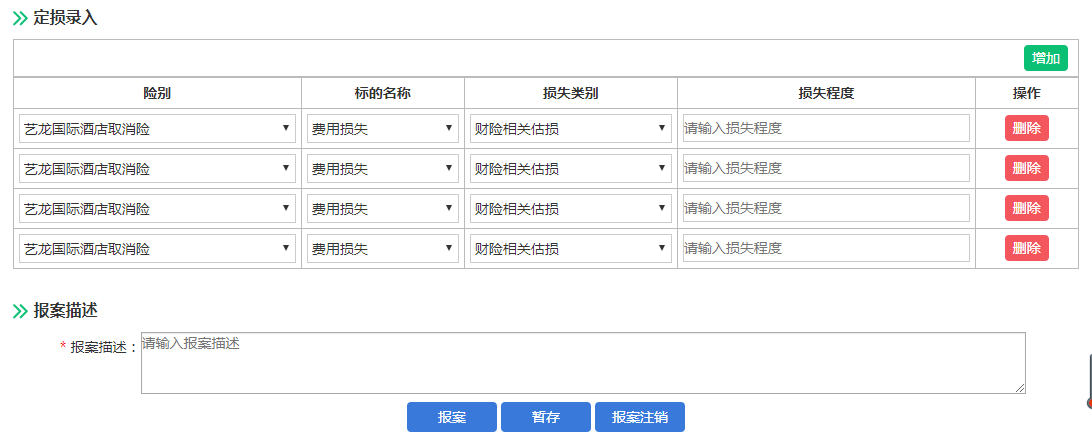css代码:
ul#portfolio{margin:0;padding:0;} ul#portfolio li{float: left;0 5px 0 0;width:250px;height: 250px;list-style: none;} ul#portfolio li.loading{background: url(../images/spinner.gif) no-repeat center center;} ul#portfolio li img{display: block;}
js代码:
$(function(){ var images=new Array(); images[0]='./images/ads_one.jpg'; images[1]='./images/ads_two.jpg'; images[2]='./images/ads_three.jpg'; //获取了图像的数量 var max=$(images).length; 如果包含一张以上的图像,那么创建对应的UL元素家人到wrapper div中,并且调用LoadImage方法。 if(max>0){ create the UL element var ul=$('<ul id="portfolio"></ul>'); append to div#wrapper $(ul).appendTo($('#wrapper')); load the first image LoadImage(0,max); } 在LoadImage方法中,循环遍历所有的图像,对每个图像创建li元素 LoadImage(index,max){ if(index<max){ 利用attr方法为li元素增加了css样式,即加上了loading的gif背景。 var list=$('<li id="portfolio_'+index+'"></li>').attr('class','loading'); 把li添加到ul元素中 $('ul#portfolio').append(list); 获取当前的li元素 var curr=$("ul#portfolio li#portfolio_"+index); 创建图像元素 var img= Image(); 加载图像 $(img).load((){ $(this).css('display','none'); $(curr).removeClass('loading').append(this); $(this).fadeIn('slow',(){ 采用回调函数的方法,在当前元素成功执行fadeIn方法之后 再去调用下一个元素的LoadImage方法,这样就能实现多个图像的顺序加载了。 LoadImage(index+1(){ $(curr).remove(); LoadImage(index+1

 1.第一步 设置响应头 header('Access-Control-Allow...
1.第一步 设置响应头 header('Access-Control-Allow... jquery.serializejson.min.js的妙用 关于这个jquery.seriali...
jquery.serializejson.min.js的妙用 关于这个jquery.seriali... jQuery插件之jquery.spinner数字智能增减插件 参考地址:http...
jQuery插件之jquery.spinner数字智能增减插件 参考地址:http...